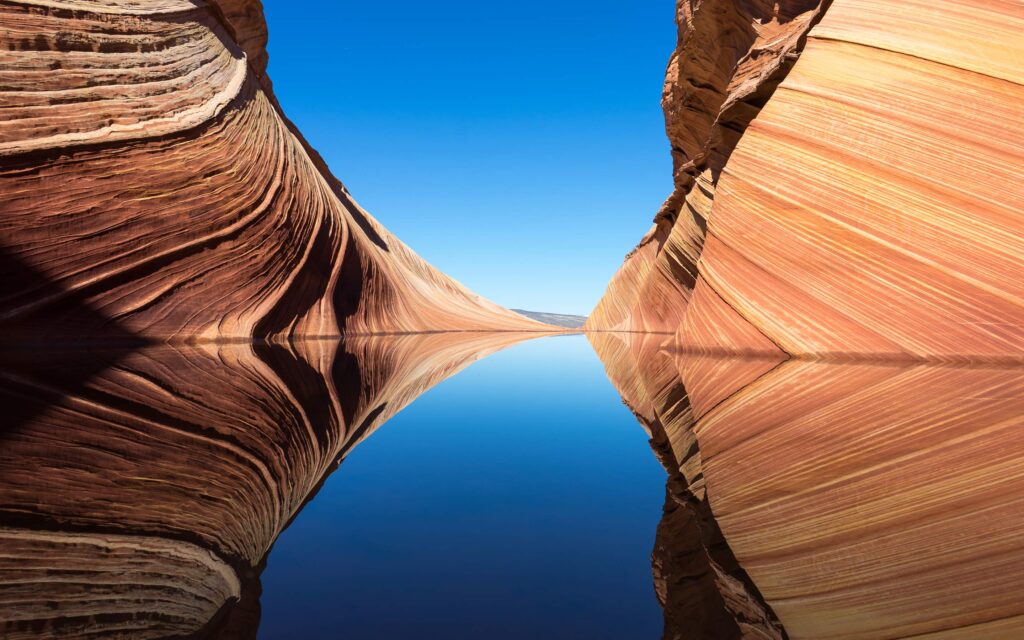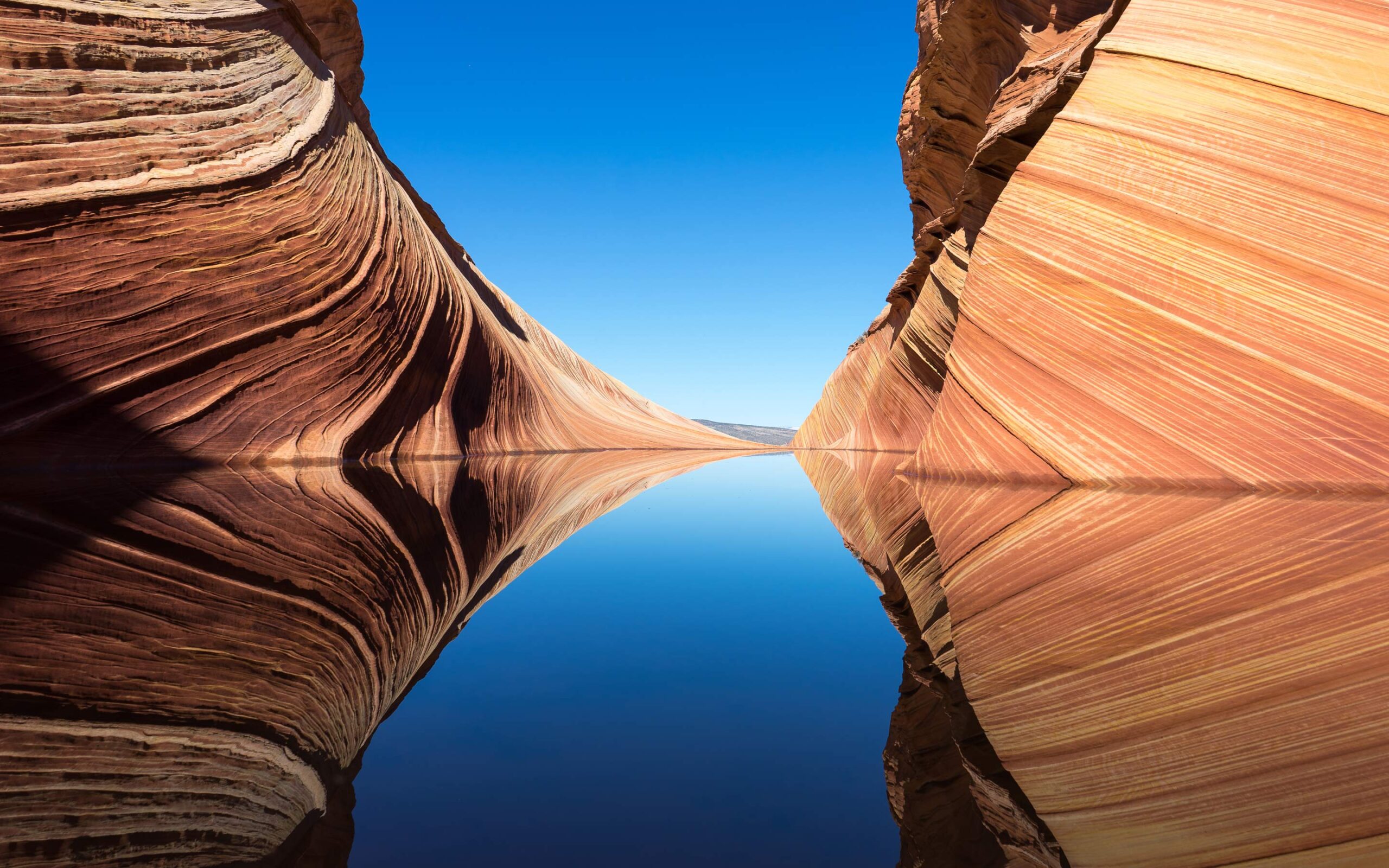
Exploring the Dreamlike: A Journey Through the Surrealist Landscape
The surrealist landscape, a realm where the boundaries of reality blur and the subconscious takes center stage, has captivated artists and audiences alike for nearly a century. From the melting clocks of Salvador Dalí to the enigmatic figures of René Magritte, the movement has left an indelible mark on the art world. This article delves into the history, characteristics, and enduring appeal of the surrealist landscape, examining its key figures and exploring its continuing influence on contemporary art.
What Defines a Surrealist Landscape?
At its core, the surrealist landscape seeks to unlock the creative potential of the unconscious mind. Inspired by Freudian psychoanalysis, artists aimed to bypass reason and logic, instead embracing the irrational, the dreamlike, and the bizarre. Unlike traditional landscape painting, which strives to capture the beauty and accuracy of the natural world, the surrealist landscape prioritizes the internal landscape of the mind.
Key characteristics of a surrealist landscape include:
- Juxtaposition of Unexpected Elements: Familiar objects are placed in unfamiliar contexts, creating a sense of unease and disorientation.
- Dreamlike Imagery: The landscapes often resemble scenes from dreams, filled with illogical scenarios and bizarre creatures.
- Symbolism and Metaphor: Objects and figures are imbued with symbolic meaning, inviting viewers to interpret the artwork on a deeper level.
- Distorted Perspective and Scale: Traditional rules of perspective are often disregarded, creating a sense of unreality.
- Automatism and Chance: Some artists employed techniques like automatism, allowing the unconscious to guide their hand and create spontaneous, unplanned compositions.
Key Figures in Surrealist Landscape Art
Salvador Dalí
Perhaps the most recognizable name in surrealism, Salvador Dalí’s surrealist landscapes are characterized by their meticulous detail, bizarre imagery, and exploration of psychoanalytic themes. His iconic painting, *The Persistence of Memory* (1931), featuring melting clocks draped over a desolate landscape, is a quintessential example of the surrealist landscape.
René Magritte
René Magritte’s surrealist landscapes are known for their enigmatic quality and exploration of perception. He often depicted ordinary objects in unexpected contexts, challenging viewers to question their understanding of reality. Works like *The Treachery of Images* (1929), which features a pipe with the caption “Ceci n’est pas une pipe” (“This is not a pipe”), exemplify his playful and thought-provoking approach to the surrealist landscape.
Yves Tanguy
Yves Tanguy’s surrealist landscapes are characterized by their biomorphic forms and otherworldly atmosphere. His paintings often depict amorphous shapes floating in vast, empty spaces, evoking a sense of isolation and mystery. Tanguy’s work is deeply rooted in the exploration of the subconscious and the power of the imagination to create new realities within a surrealist landscape.
Max Ernst
Max Ernst was a pioneer of surrealist techniques, including frottage and collage, which he used to create his unique surrealist landscapes. His work often explores themes of nature, mythology, and the relationship between humans and the environment. Ernst’s innovative approach to artmaking helped to expand the possibilities of the surrealist landscape.
The Influence of Surrealist Landscape on Contemporary Art
The influence of the surrealist landscape can still be seen in contemporary art. Many artists continue to explore themes of the subconscious, the dreamlike, and the irrational, drawing inspiration from the surrealist masters. The movement’s emphasis on individual expression and the rejection of traditional artistic conventions has paved the way for new forms of artistic experimentation.
Here are a few ways the surrealist landscape continues to resonate today:
- Digital Art and Virtual Reality: The ability to create immersive and hyperrealistic environments in digital art and virtual reality has opened up new possibilities for exploring the surrealist landscape. Artists can now create entirely new worlds that defy the laws of physics and logic.
- Photography and Photo Manipulation: Photographers and digital artists often use photo manipulation techniques to create surrealist landscapes that blur the line between reality and fantasy. These images can be both visually stunning and thought-provoking.
- Installation Art: Installation artists create immersive environments that envelop the viewer in a surrealist landscape. These installations can be interactive, allowing viewers to explore the artwork through their senses.
- Animation and Film: Animated films and experimental cinema often draw on the aesthetics of the surrealist landscape to create dreamlike and unsettling narratives.
The Enduring Appeal of the Surrealist Landscape
The surrealist landscape continues to fascinate and inspire because it taps into something fundamental about the human experience: our capacity for imagination, our fascination with the unknown, and our desire to explore the depths of our own minds. By rejecting the constraints of reason and logic, surrealist artists have created a world of boundless possibilities, a world where anything is possible. The surrealist landscape serves as a reminder that reality is not fixed or absolute, but rather a fluid and ever-changing construct. [See also: Understanding Surrealism in Modern Art] It invites us to question our assumptions, to embrace the unexpected, and to see the world in a new light.
The power of the surrealist landscape lies in its ability to evoke a sense of wonder and mystery. It transports us to a realm where the ordinary is transformed into the extraordinary, where the familiar becomes strange, and where the boundaries between the conscious and the unconscious are blurred. It is a landscape of the mind, a reflection of our deepest fears and desires, and a testament to the power of the human imagination. The surrealist landscape will continue to inspire and challenge artists and audiences for generations to come, ensuring its place as a vital and enduring force in the history of art. Exploring a surrealist landscape is like stepping into a dream, a world where the rules of reality are suspended and the imagination reigns supreme. The surrealist landscape offers a unique and compelling perspective on the world around us, challenging us to see beyond the surface and to explore the hidden depths of our own minds.
The legacy of the surrealist landscape is one of innovation, experimentation, and a relentless pursuit of the unknown. The movement’s impact on art and culture is undeniable, and its influence can still be seen in a wide range of creative fields. The surrealist landscape remains a powerful and relevant force, reminding us of the importance of imagination, creativity, and the exploration of the human psyche. Its impact is long lasting, and it continues to shape how we view and interact with art today. By delving into the depths of the subconscious and embracing the irrational, the surrealist landscape has opened up new avenues for artistic expression and continues to inspire artists to push the boundaries of what is possible. The impact of the surrealist landscape can be felt across various media, from painting and sculpture to film and literature, demonstrating its wide-ranging influence on the artistic landscape.

